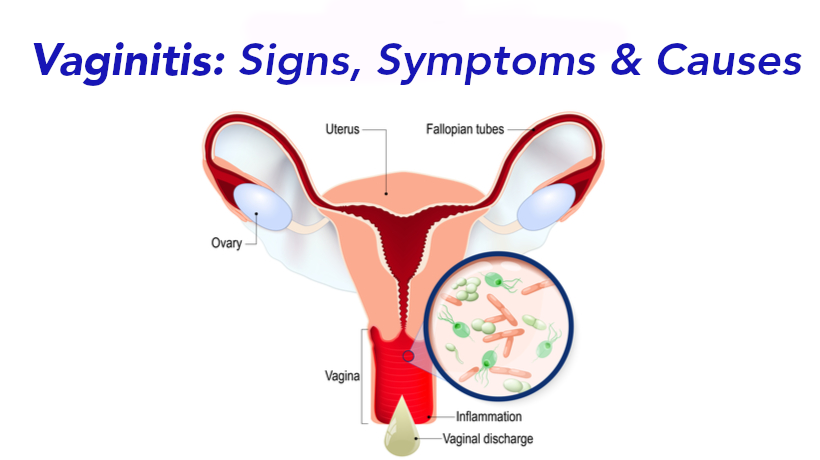The female anatomy is so complex and complicated that it can be hard to decipher exactly what is going on with it. From pH levels to “good” and “bad” bacteria, it just seems like there’s a lot that goes on with the female privates.
Vaginitis, an irritation or inflammation of the vaginal skin that can start small and gradually develop into your worst nightmare if not handled in a timely manner. To prevent this infection from reoccurring, you must first recognize some of the reasons why you might be experiencing this.
Causes:
- Bacterial Vaginosis: According to a medical review by Dr. Carolyn Kay, too much bacteria multiplication can lead to too much growth in the area and throw off the vagina’s natural balance.
- Yeast Infection: Dr. Kay agrees that due to natural causes or a spike in antibiotics, the antifungal bacteria that naturally live in the vagina can be killed off. This leaves a dry, itchy sensation in or around the vagina.
- Viruses & STIs: A review by the University of Illinois’ medical team says that developing vaginitis from STIs is less common, but still possible. Being that various viruses and STIs impact the number of bacteria and yeast in the area, anything could happen.
- Vaginal Allergies/Irritants: Believe it or not, your vagina can be allergic to things. University of Illinois’ medical review and Planned Parenthood say that things like condoms, harsh soaps/perfumes, tampons, douching, sex toys, and even semen can cause irritation or allergic reaction in the vaginal region.
- Environmental Factors: Dr. Kay’s review says that certain environmental factors like poor hygiene and tight clothing rubbing up against the skin can trap moisture in the area (leading to increased bacteria/yeast growth) and cause major irritation that delays the healing process.
According to Dr. Kay, the University of Illinois and Planned Parenthood, each case is different and the severity depends on the body. However, a lot of cases usually have similar if not the same warning signs.
Symptoms:
- irritation of the genital area
- itching/burning
- inflammation around the labia and perineal areas
- increased, strong-smelling vaginal discharge
- abnormal discharge (discharge that may be white, gray, watery, thick or foamy)
- pain or discomfort when urinating
- painful sexual intercourse, known as dyspareunia
- foul or fishy vaginal odor
Sources:



